Soil could contain 270 billion tons of hydroxyl; origins remain a mystery
Chinese scientists have discovered a new water reservoir on the moon in the form of glass beads, which could be of major significance in efforts to probe for water on the Earth's only natural satellite and potentially extract it to support future lunar missions.
A study published in the journal Nature Geoscience last week revealed that the soil samples collected by China's Chang'e 5 lunar probe contained impact glass beads that held water in the form of hydroxyl, a molecule consisting of one oxygen atom and one hydrogen atom. The hydroxyl ion is one of the most common ions found in water.
These glass beads are created when meteoroids hit the moon's surface, throwing up hot molten droplets that cool and turn solid. They function like a sponge, soaking up the hydrogen atoms carried by the solar wind to form hydroxyl, thus playing a pivotal role in the water cycle of the lunar surface, the study said.
While each bead only holds a tiny amount of water, these glass balls are so ubiquitous on the moon that researchers estimated that lunar soil could store as much as 270 billion metric tons of water.
For decades, scientists thought the moon was bone dry until discoveries in recent years revealed that its soil could hold water.
Hu Sen, a researcher from the Institute of Geology and Geophysics of the Chinese Academy of Sciences and one of the key scientists behind the study, said he couldn't believe his eyes when the test results showed that the glass beads contained water.
"The moon potentially holding 270 billion metric tons of water is quite substantial, though it pales in comparison to the amount of water in the Earth's oceans," he said.
These findings not only shed light on the origins, storage and transportation of water on celestial bodies without atmospheres, but they also may prove helpful for planning and building a sustainable human habitat on them, he added.
However, the specific origins of the water on the lunar surface remain a mystery.
The study presented several potential sources, including solar wind implantation, the release of trapped gas from volatile substances when the moon was hot and full of volcanic activity, and delivery by impacts of comets and asteroids.
Hui Hejiu, a professor at the School of Earth Sciences and Engineering of Nanjing University, said using these hydroxyl-containing glass beads to support future lunar missions is a possibility, but exactly how to extract and convert these beads into liquid water in space requires further research.








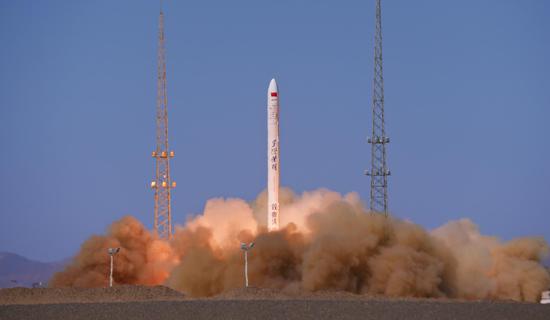



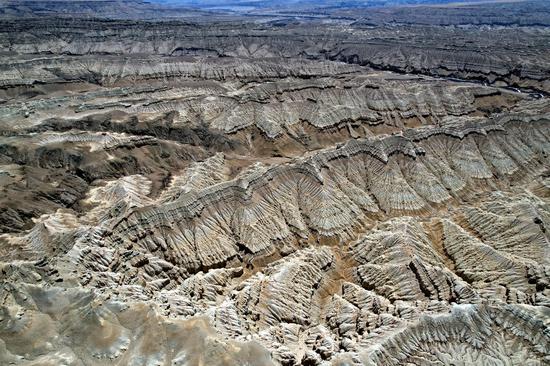





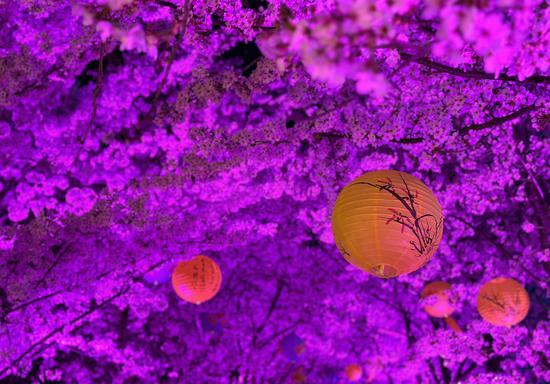





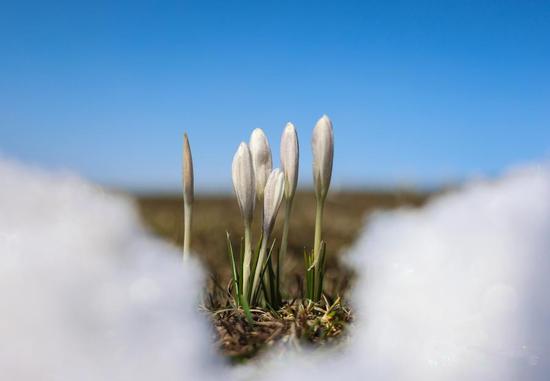





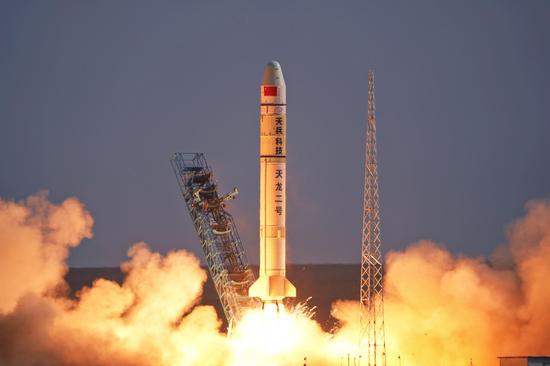





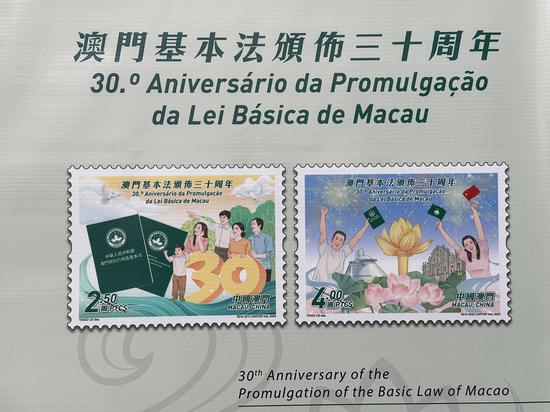

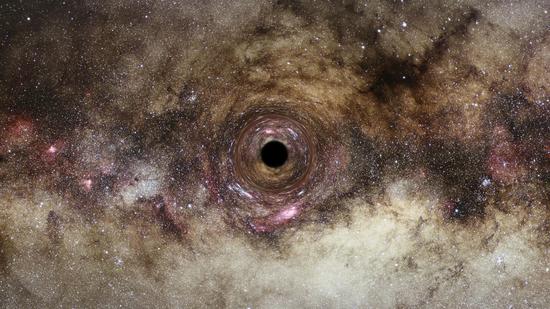


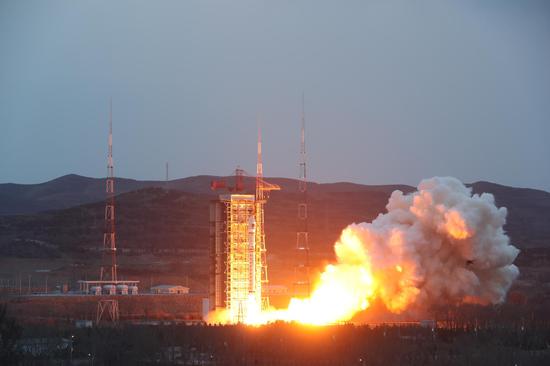








 京公网安备 11010202009201号
京公网安备 11010202009201号